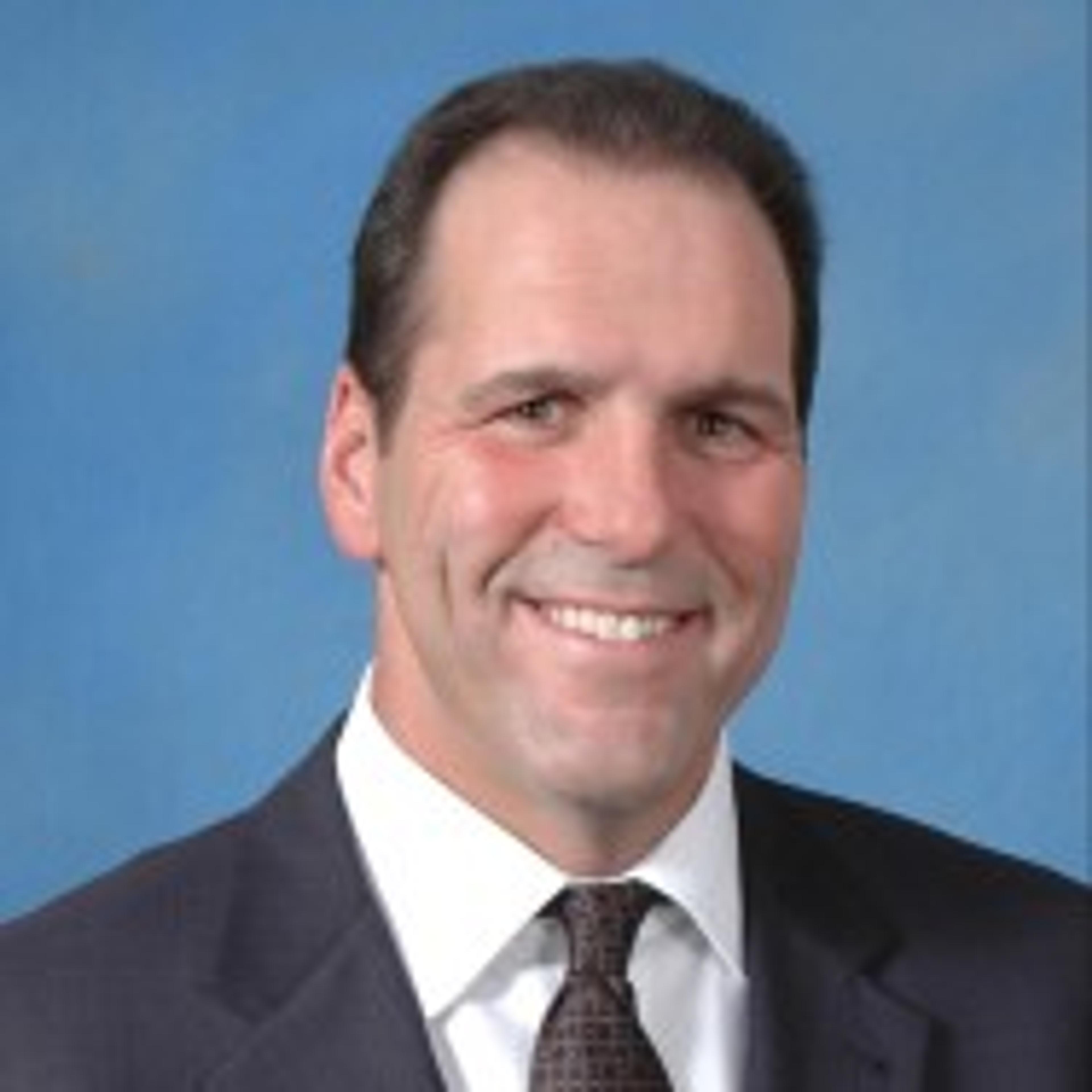Health risk assessments: The first step to making better lifestyle choices

Ken Dallafior
| 2 min read

Old habits, especially the bad ones, die hard. But the hard truth is that many people need to change their lifestyle behaviors in order to get healthy. Consider this:
- Four modifiable health risk behaviors—lack of physical activity, poor nutrition, tobacco use, and excessive alcohol consumption— cause most chronic health problems, which are responsible for more than 75% of our country’s healthcare spending.
- The obesity rate in Michigan tops 30% and one in 10 residents is a diabetic.
- According to a Surgeon General’s report, more than 50% of the causes of premature death in this country are attributable to lifestyle choices.
Individuals can have a significant impact on future health outcomes by making better day-to-day lifestyle choices. Health Risk Assessments (HRAs) have become an increasingly popular tool to guide and encourage smart decisions while also providing companies a wealth of data for tailoring wellness activities to each person.
HRAs are self-reporting questionnaires that ask employees about their lifestyles and family medical histories and assess their readiness to change. They often are combined with biometric screenings that measure blood pressure, cholesterol, blood sugar levels and body mass index (BMI).
Program participants are then given reports to help them understand that they may be at higher risk for certain diseases and what they can do to prevent their onset. Health assessment data can be used to align content, tools and guidance with an individual’s health risks, conditions and readiness to change.
Some HRA programs also include individual coaching to provide ongoing constructive feedback and encouragement to help people tackle those health changes for which they may have the greatest chance of success.
A recent poll of 329 benefit decision-makers at Michigan companies found that 44% encourage their employees to take a HRA. Free HRAs are available to companies that have BlueHealthConnection as a plan benefit, and also can be purchased from various providers.
HRA-driven programs have become a recognized best practice in workplace health management because they benefit companies and their employees. For example, at Blue Cross Blue Shield of Michigan, more than half of enrollees in the Healthy Blue Living wellness plan who promised to quit smoking have done so and nearly three-quarters lowered their blood pressure to an acceptable level.
If you’re a Blue Cross Blue Shield of Michigan or Blue Care Network member, learn more about health assessments here or call the Customer Service number on the back of your enrollee ID card.
Photo Credit: Stig Anderson





